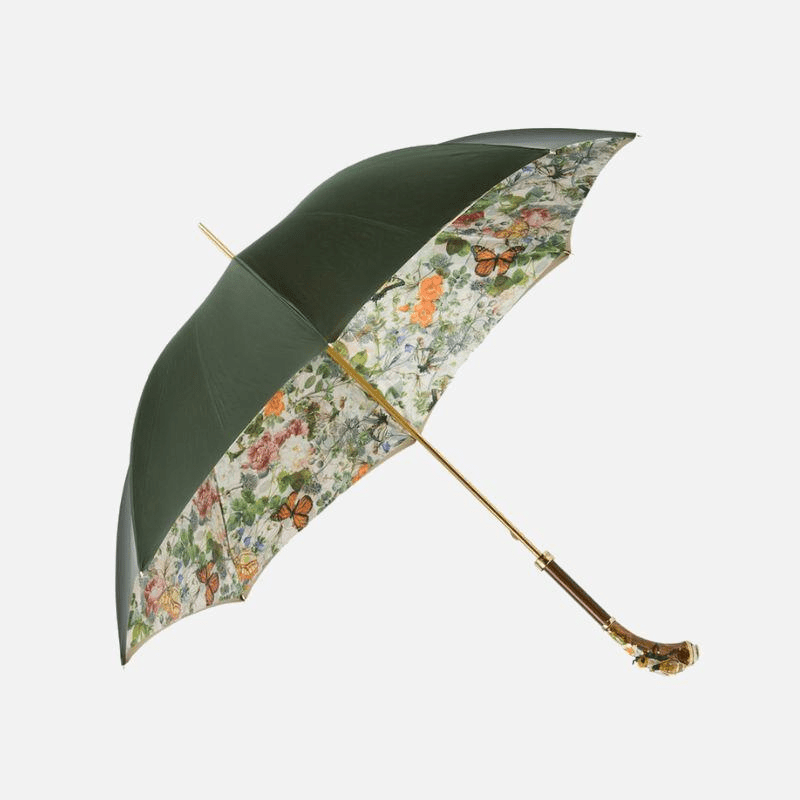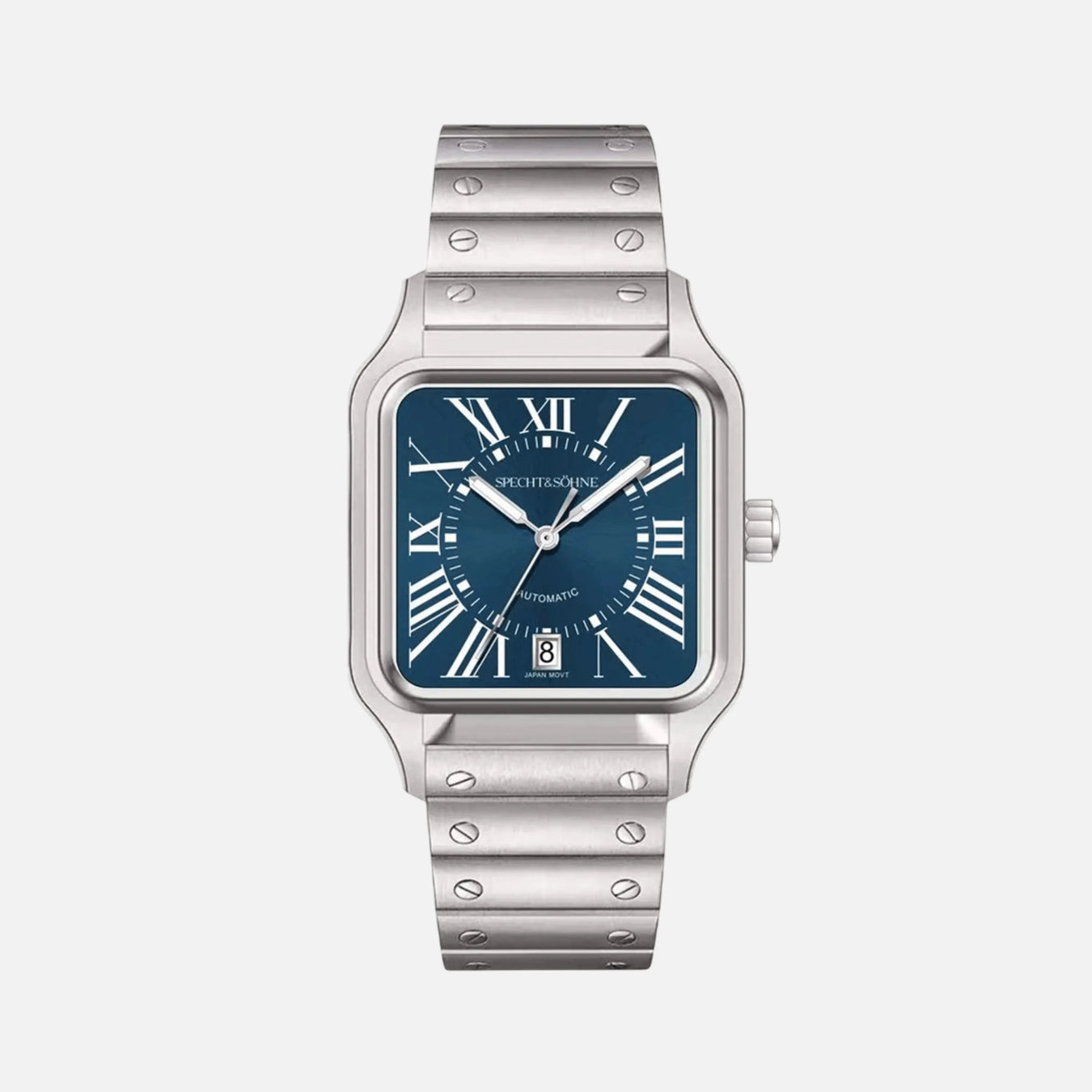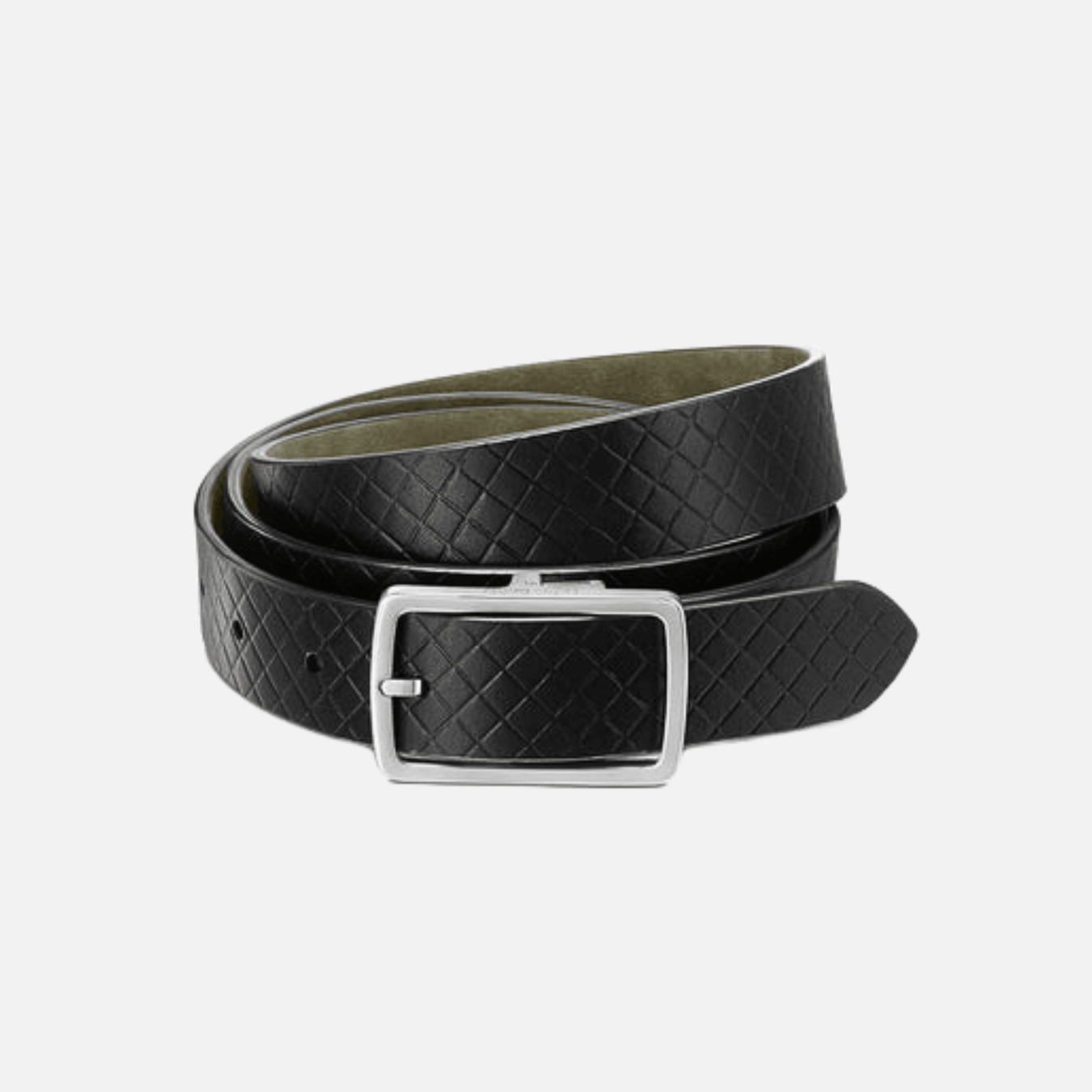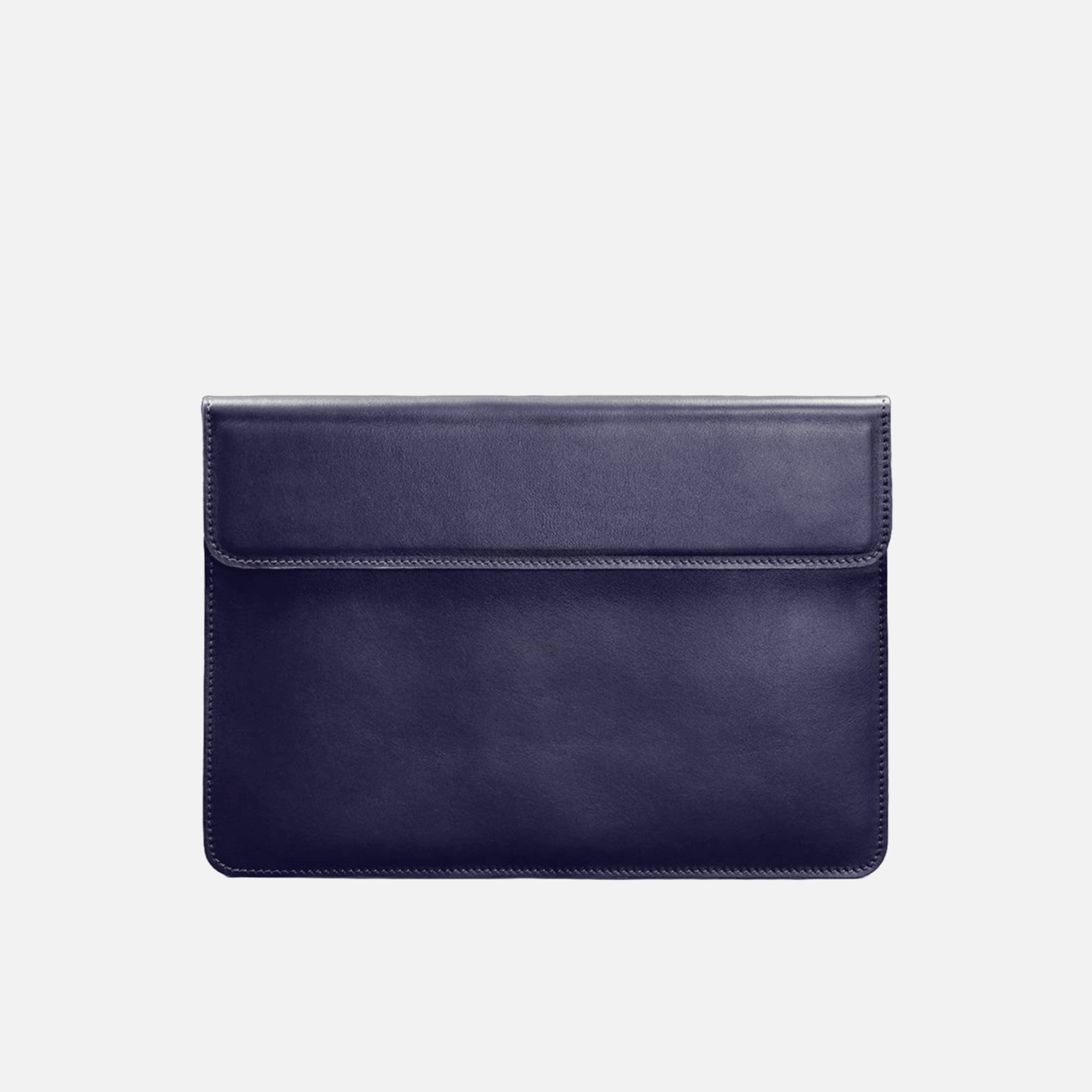
Crafting Your Style: The Allure of Unique Handmade Accessories
Introduction to Handmade Accessories: Embracing Individuality and Craftsmanship

Handcrafted accessories have long been cherished for their unmistakable charm and the narrative they carry from the maker to the wearer. Each piece is a testament to the meticulous care and creativity poured into it by skilled artisans. For those who venerate uniqueness and the human touch in their adornments, delving into the realm of handmade accessories offers an opportunity to showcase personal style while supporting traditional craftsmanship.
In exploring the allure of handmade trinkets, one must seek to understand the essence of what sets them apart. Unlike mass-produced counterparts, handmade accessories are often made to order, ensuring that each creation is as individual as its owner. This personalized approach invites a connection between artisan and client, often allowing for a tailorable experience as seen through the made-to-order model.
Revered for their bespoke nature, these treasures come with a story, a lineage of traditional techniques that artisans list with pride, and a craftsmanship that resolutely stands against the tide of uniformity. From intricate weaving to meticulously sculpted metalwork, every brushstroke and bend materializes into a piece that reverberates with life and human touch.
The “About Us” page often narrates the journey of these artisans, an ode to the dedication behind their craft. Moreover, the FAQ sections aim to provide transparency and education, deepening the appreciation for these artisanal gems.
As consumers gravitate towards ethical and sustainable fashion, handmade accessories emerge not only as a style statement but as a choice that reverberates with deeper significance. It’s where idiosyncratic beauty meets conscientious living, paving the way for a wardrobe that truly resonates with the wearer’s values and aesthetics.
The Rise of Artisanal Fashion: A Cultural Shift Towards Handmade
In recent years, there has been a palpable cultural shift toward artisanal fashion—an emergence of a movement valuing the exceptional quality and uniqueness of handmade accessories. This burgeoning interest has invigorated the ‘About Us’ sections of fashion websites, increasingly filled with stories of how designers and craftspeople are embracing traditional techniques to create contemporary pieces.
Artisanal fashion champions a return to roots, where the hands of skilled artisans infuse each item with a narrative of craftsmanship. In a world where fast fashion once held sway, consumers are now curating their styles with made-to-order pieces that not only boast distinctiveness but also speak to ethical and sustainable practices. Up-and-coming artisans list their crafts on marketplaces that honor their talents and connect them with an audience that appreciates the intricacies of handmade fashion.
This cultural pivot is not only aesthetic but also personal. Handmade accessories become part of the wearer’s identity, carrying stories of the hands that shaped them. The FAQ sections on artisanal websites are no longer just about product care or shipping—they’re about connecting maker to wearer, sharing the production process, and ensuring that every question highlights the bespoke nature of the product.
The move towards handmade also emphasizes the value of patience and anticipation in the consumer experience. Where once instant gratification was the norm, there is now a reverence for the made-to-order model, where customers await a piece that is being crafted specifically for them—a stark contrast to off-the-rack purchases.
This artisanal renaissance is more than a trend—it’s a return to authenticity, a celebration of talent, and a chapter of fashion that honours the humanity behind the hemlines. As we move forward, artisanal fashion holds a mirror up to society’s values, reflecting a collective yearning for meaning and connection in every stitch.
Material Matters: Exploring Variety in Handcrafted Jewelry and Accessories

In the universe of handcrafted jewelry and accessories, the materials used are far from mundane. They are the soul of the creations, reflecting the ethos of an artisan’s vision and the desires of a discerning clientele. The About Us pages on artisan websites often highlight the origin of materials, stressing the importance of sustainability and quality.
Artisans list various natural and unconventional materials which they meticulously mold into wearable art. From the time-honored elegance of metals like silver and gold to the organic beauty of wood and stone, every material is selected with purpose. Gemstones bring a splash of color and significance, each bearing its own story and properties that resonate with the wearer.
Among the curated collections, you might find recycled textiles woven into the fabric of accessory narratives—speaking to an eco-conscious community that cherishes both aesthetic and environmental integrity. Glass and ceramics introduce a glossy finescale, challenging the limits of fragility and form.
In a world leaning towards mass production, handcrafted jewelry and accessories stand steadfast, each item often made to order, ensuring a personal touch. This customized approach extends to the FAQ sections, where artisans address queries about material origin, care, and the potential for personalization.
The tactile journey through materials is a compelling one, offering a multi-sensory experience that ready-made pieces seldom provide. As we adorn ourselves with these crafted treasures, we wear not just an accessory but a narrative of material fusion, cultural dialogue, and the intimate craftsmanship of dedicated artisans.
The Artisan’s Touch: Techniques That Make Handmade Accessories Unique
Handcrafted accessories truly stand out due to the fine techniques artisans employ. Each piece reflects a commitment to quality and originality, presenting buyers with wearable art that tells a story. A visit to an artisan’s “about us” page often reveals their distinctive approach.
One key technique is the use of traditional tools and practices, harking back to age-old craftsmanship. Artisans often utilize methods passed down through generations, infusing each piece with a sense of history and continuity. Such practices imbue accessories with an irreplaceable human touch, not found in mass-produced items.
Moreover, handmade items are commonly “made to order,” enabling a tailor-made experience. Artisans can adjust sizes, colors, and materials to suit individual preferences, resulting in a one-of-a-kind creation. This customization makes each accessory not just a product, but a personal narrative of style and identity.
Materials used in handmade accessories often come from a curated artisans list of suppliers who share a dedication to sustainability and ethical sourcing. This approach ensures not only uniqueness but also a responsible footprint in the fashion ecosystem.
Furthermore, techniques like hand stitching, beading, or setting stones are time-intensive and require high levels of precision, setting handcrafted accessories apart from their factory-made counterparts. These methods create fine details that can’t be replicated by machines.
For those curious about the intricacies of handmade craftsmanship, artisans typically provide a Frequently Asked Questions (FAQ) section. This offers insights into the care and skill that go into each accessory.
Every technique employed in the creation of handmade accessories underlines the artistry and the individuality of the artisan’s work, resulting in a truly unparalleled accessory experience.
Sustainable Style: The Environmental Impact of Choosing Handmade
Embracing handmade accessories is not merely a style statement—it’s a step towards sustainability. As patrons sift through the collections of artisans, exploring the meticulously crafted assortments listed, they delve into a world that stands apart from mass production. Choosing handmade is synonymous with endorsing a greener, more responsible fashion ethos.
These singular creations, often made to order, epitomize ecological sensibility. The handmade process naturally leans towards resource conservation—artisans typically utilize materials more prudently, and by avoiding large-scale manufacturing, the carbon footprint is significantly reduced. This meticulous approach ensures that every piece has a story, a tangible connection to its creator that resonates with the wearer and contributes to a circular economy.
Moreover, the lack of mass production lines means each handcrafted item circumvents the environmental degradation associated with fast fashion—where overproduction and waste are rampant. Rather, the made-to-order model bolsters the principle of producing only what is necessary, thereby minimizing waste.
- Minimized production waste by creating items as they are needed
- Reduction of carbon emissions due to smaller-scale production and local sourcing
- Diminished water usage in comparison with industrial manufacturing processes
- Conservation of biodiversity by avoiding mass farming for materials
Furthermore, a closer look at ‘about us’ or ‘FAQ’ sections on platforms selling handmade goods often reveals the deep commitment of artisans to eco-friendly practices. The environmental impact of choosing handmade is considerable, and as more consumers align their purchasing powers with their values, this conscious decision cultivates a cleaner, more sustainable world.
Customization and Personalization: The Heart of Handmade Accessory Design
In the world of handmade accessory design, customization and personalization stand at the forefront, truly setting apart artisanal creations from mass-produced counterparts. When an item is made to order, it reflects the unique preferences and style of each individual, ensuring that no two pieces are ever identical. This inherent uniqueness is the essence of what draws discerning customers to seek out handmade accessories.
Artisans who craft these one-of-a-kind pieces pay close attention to detail, embracing the nuances that make each creation special. They often offer a plethora of customizable options, such as:
- Choice of materials and colors
- Adjustments in size and shape to fit individual needs
- Incorporation of personal symbols or engravings
The process often begins with a dialogue, an ‘about us’ exchange where customers learn about the artisan’s methods, materials, and the story behind their work. This fosters a connection that goes beyond a simple transaction, creating a narrative woven into the accessory itself.
Handmade accessory designers frequently maintain an ‘artisans list’ or FAQ section where they outline the scope of personalization available. The ability to tweak and refine an accessory until it aligns perfectly with the wearer’s vision is a cherished aspect of the handmade experience.
For many, the appeal lies not only in the finished product but in the journey of creation. The customer becomes part of the accessory’s story, one that is told through every selected detail, imbuing the accessory with significance and sentimentality. As a result, each piece speaks not just to the craftsmanship of its maker, but to the personality of its wearer, rendering it a true extension of individual style and expression.
From Hobbyist to Professional: The Journey of Handmade Accessory Makers
The transformation from a hobbyist to a professional in the sphere of handmade accessory creation is a testament to passion, skill, and entrepreneurial spirit. Initially, many artisans commence this journey with a deep-rooted fascination for crafting unique pieces, which often provides a fulfilling outlet for their creativity.
Embarking upon the professional path, artisans frequently develop a distinctive ‘about us’ narrative, chronicling their transition and the ethos behind their creations. This narrative isn’t merely a backstory; it’s a vital brand element that connects customers to the maker’s world, making their handmade accessories more than just objects, but stories wearable as art.
To flourish, artisans meticulously curate an ‘artisans list,’ a network of like-minded creators and suppliers that can augment their visibility and sourcing of quality materials. Such alliances enable the handmade community to thrive, fostering a supportive environment where ideas and techniques are shared.
Moreover, the professional craftsman often shifts towards a ‘made to order’ business model. This approach emphasizes personalization, allowing customers to request customized accessories that resonate with their individual style. It draws in a clientele that values the exclusive and personal touch a handmade item carries.
Navigating through customer inquiries, professionals also craft a comprehensive ‘FAQ’ section. Here, they address common queries, detail product care, and outline the creative process, reinforcing transparency and customer education.
- Acquiring essential business skills
- Investing in high-quality materials and tools
- Establishing an online presence through a robust website and social media
- Attending craft fairs and artisan markets to gain visibility
- Offering exceptional customer service to foster repeat business and referrals
Professional accessory makers have thus adapted the artistry of their craft into a sustainable business model, enchanting buyers with a blend of storytelling, personalized experience, and the inherent charm of handmade fashion.
Setting Trends with Handmade Pieces: From Local Markets to Fashion Weeks
In a fashion landscape brimming with mass-produced items, the allure of handmade accessories is profoundly impactful. These pieces are frequently the brainchildren of meticulous artisans who invest hours of labor to craft singular works of wearable art. As consumers gravitate toward uniqueness and sustainability, handmade accessories are evolving from niche local market finds to esteemed highlights on the high-stakes catwalks of fashion weeks around the globe.
Artisans list their creations with a touch of personal story and authenticity, often detailing the inspiration and craftsmanship that goes into each item. This transparency resonates with consumers keen on understanding the lineage of their wardrobe elements. As a result, the popularity of handmade, made-to-order accessories is fortifying a new paradigm in style.
- Handmade pieces represent the individualism and ethos of the wearer.
- Made-to-order services ensure that each accessory is tailor-made to the client’s specifications.
- Artisans foster a connection with their audience through detailed ‘About Us’ and FAQ sections, enhancing the buying experience.
As fashion influencers and stylish consumers integrate these pieces into their ensembles, they set trends that celebrate individuality and skilled craftsmanship. This shift is increasingly evident during fashion weeks, where designers now collaborate with artisans to showcase handmade accessories alongside haute couture.
These partnerships signify a broader acceptance and desire for bespoke fashion elements that narrate a story. They transform an ordinary outfit into a statement, with accessories becoming conversation starters that extol the virtues of handcrafted beauty and the dedication of their creators. In essence, these handmade pieces are not just accoutrements; they are emblems of a growing movement that honors the art of the handmade and the hands that make them.
Building a Handmade Accessory Brand: Marketing and Storytelling Strategies
Successful marketing is crucial for building a brand that resonates with consumers, especially in the crowded handmade accessory market. When crafting the narrative of a brand, an engaging “About Us” page that shares the journey of the brand, its vision, and the artisans who pour their passion into each piece can make a substantial difference. This story forms an emotional connection with potential customers, aligning their values with those expressed through the brand’s story.
To further enhance this connection, maintaining an “Artisans List” provides transparency and allows customers to see the faces behind their unique purchases. Consumers increasingly appreciate knowing who made their items, the materials used, and the cultural significance they might hold.
Another cornerstone of marketing handmade accessories is highlighting the “Made to Order” essence. This not only underlines the exclusivity of the product but also communicates the personal touch involved in its creation. Emphasizing that each piece is crafted upon request, catering to the buyer’s preferences, enhances the allure of handmade items, making them more desirable.
Additionally, an accessible and comprehensive “FAQ” section on the brand’s website helps answer common questions and reduce any uncertainties that may act as barriers to purchase. It reassures customers about the ordering process, product care, shipping, and returns, thereby building trust and confidence in the brand.
To maximize impact, the brand’s marketing strategy should also include:
-
Utilization of Visual Storytelling: This can be achieved through high-quality product photography and behind-the-scenes content that brings the brand’s story to life.
-
Leverage Social Media: By showcasing products, sharing customer testimonials, and providing a glimpse into the artisanal process, social media can be a powerful tool for storytelling and building a community around the brand.
-
Collaborations and Features: Partnering with influencers or getting featured in fashion editorials can expand reach and add credibility to the brand.
In summary, a strong narrative, attention to detail, and strategic marketing are key for a handmade accessory brand to stand out and captivate an audience.
Where to Find and How to Choose Quality Handmade Accessories
Discovering quality handmade accessories that elevate one’s style requires knowing where to look and what to consider during selection. Enthusiasts can often find these unique pieces through a variety of platforms and outlets that connect them to skilled artisans.
Finding Handmade Accessories:
- Artisans List and Marketplaces: Explore online marketplaces dedicated to handmade goods. These platforms often feature an ‘about us’ section, where you can learn about the artisans’ backgrounds, their crafting processes, and the inspiration behind their work.
- Craft Fairs and Art Shows: Attend local and national craft fairs and art shows. These events are ideal for seeing and touching the accessories in person, assessing their quality firsthand.
- Boutique Stores: Boutique stores often collaborate with local artisans to offer unique, handmade accessories. These stores may also provide information about the creators and their made-to-order services.
- Online Stores and Social Media: Many artisans have their online stores or use social media platforms to showcase their collections. Their profiles can include a FAQ section, addressing common inquiries regarding the handmade process and product care.
Choosing Handmade Accessories:
When picking handmade accessories, consider the following:
- Material Quality: Look for accessories made with high-grade materials that promise durability and aesthetic appeal.
- Craftsmanship: Evaluate the finesse of the craftsmanship. Well-made accessories should exhibit meticulous attention to detail.
- Style and Design: Ensure that the accessory’s style resonates with your personal taste and compliments your wardrobe.
- Artisan Ethics: Consider artisans who prioritize sustainable practices and ethical production methods.
- Reviews and Testimonials: Read reviews and testimonials to gauge the satisfaction of past customers with their purchases.
By thoughtfully selecting where to source and how to choose handmade accessories, individuals can enrich their fashion repertoire with pieces that tell a story and manifest the very essence of personal style.
Caring for Your Handmade Treasures: Maintenance and Preservation Tips
Handcrafted accessories, often made to order by skilled artisans, demand care that respects the intricate work and dedication poured into each piece. To ensure longevity and sustained allure, consider the following maintenance and preservation tips:
-
Understand the Material: Each handmade item is unique, using various materials that require specific care. Gather information from the artisan’s list or the FAQ about us section regarding the materials used in your accessory to tailor your care routine accordingly.
-
Storage Solutions: Proper storage is paramount for handmade treasures. Store your accessories in a cool, dry place away from direct sunlight. For jewelry, lined boxes or pouches offer protection against scratches and tarnish. For textiles, acid-free tissue in breathable containers is ideal to prevent fabric degradation.
-
Gentle Cleaning: Harsh chemicals can damage handmade items. Opt for mild soaps or cleaning agents recommended for the specific material of your accessory. Use soft cloths or brushes to delicately remove any dirt or grime.
-
Regular Maintenance: Regular checks can prevent minor issues from becoming major problems. Look for loose threads, weakening clasps, or areas in need of reinforcement, and address these promptly, preferably by a professional or the original artisan.
-
Avoid Unnecessary Stress: Handmade accessories are not typically designed for rough use. To prolong their beauty, remove them during physical activities, and avoid exposing them to extreme temperatures, moisture, or chemicals.
By following these maintenance and preservation tips, enthusiasts of unique handmade accessories can safeguard their valued pieces, ensuring their continued enjoyment and the timeless expression of personal style they provide.
Conclusion: The Enduring Appeal of Handmade Accessories and Continuing the Tradition
Handmade accessories represent more than just a fashion statement; they embody the personal touch and craftsmanship of the artisans who create them. Their continued appeal lies in their uniqueness and the stories they carry. Each piece, thoughtfully crafted by someone’s hands, connects the wearer to a tradition of creativity and skill. These accessories are not merely products; they are the culmination of an artist’s vision and efforts.
Embracing the tradition of handmade accessories means sustaining a vital thread of cultural heritage. When one chooses a piece that is made to order or selects an article from an artisan’s list, they actively participate in preserving the artistry and individual expression that machines and mass production simply cannot replicate.
Moreover, for those who value transparency and ethics in their consumption, handmade items offer a clear answer to the frequently asked questions about provenance and production. They are products fashioned with attention to detail that also reflect the values of those who seek responsibility in their buying choices.
Continuing the tradition is about more than keeping a craft alive; it’s about cherishing human connection and ingenuity. With each purchase, not only does one enhance their personal style, but they also foster the growth of small businesses and creative communities. And in doing so, customers are not just making a fashion choice but also telling a tale of commitment to the beauty and diversity of human artisanship—an endeavor as timeless as the accessories themselves.






